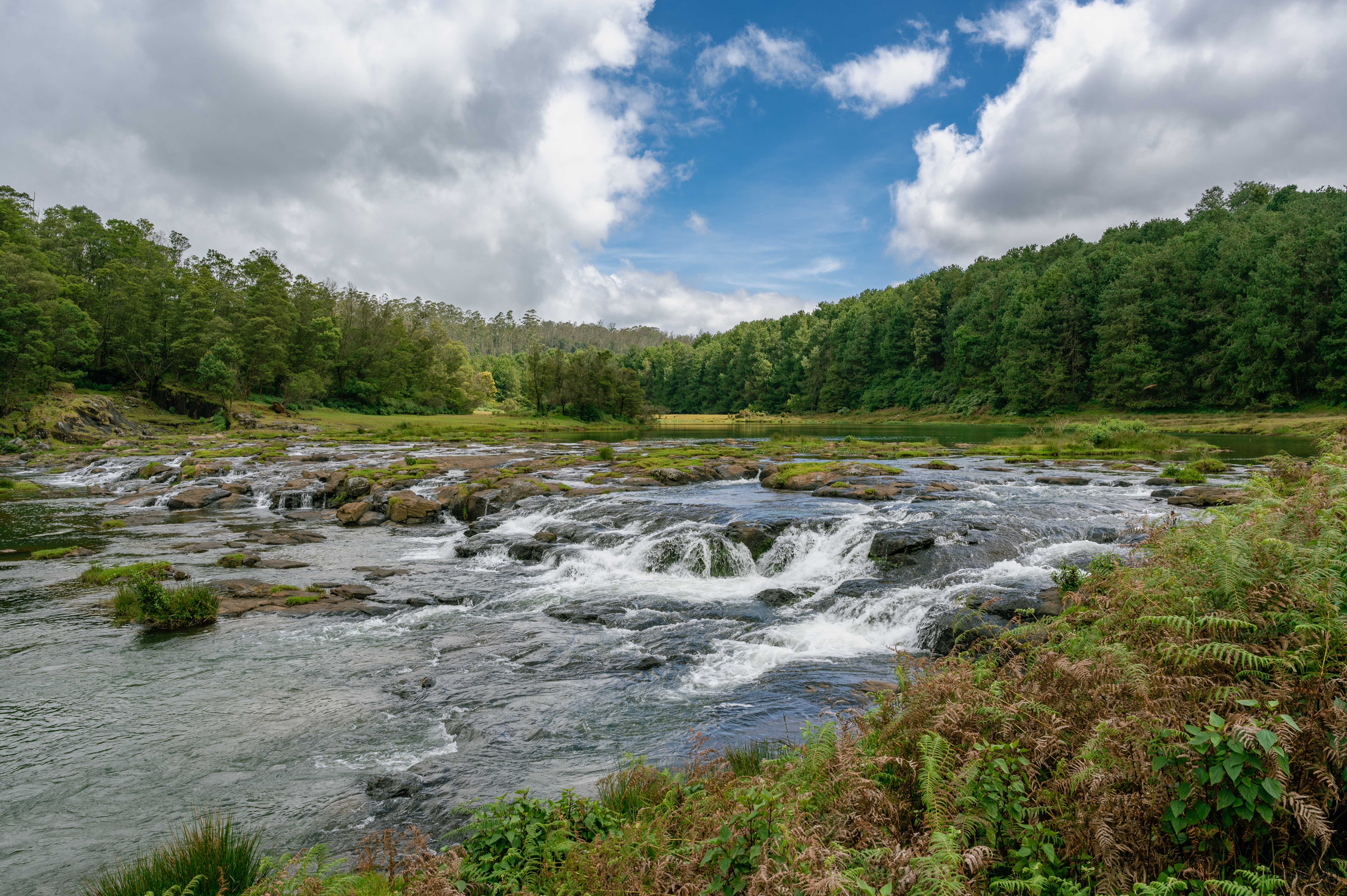
The year 2023 has been the wettest year to have witnesses frequent and more amount of rainfall. Monsoon has undeniably been harsh across the globe, not just India alone. With natural disasters and waterlogging throwing normal life out of gear, it is advisable to stay home. However, if it is unavoidable, be cautious and avoid travelling to these places during Monsoon.
1. Hill stations

Agreed, rain-washed hills look extremely pretty and allure tourists to soak in the lush greenery. Hotels and accommodations offer discounted rates which further fuels a wanderer’s desire for a hill escapade. However, landslides, flash floods, and other natural disasters are common during monsoons. You may not want to risk your life. Heavy rains have washed away the Srinagar Jammu highway, cutting off the state’s road connectivity from the rest of India. Besides this, Manali Chandigarh highway met the same fate.
It is strongly advised to avoid hill stations during the monsoon season. Your life is precious and traveling can wait.
2. Remote locations
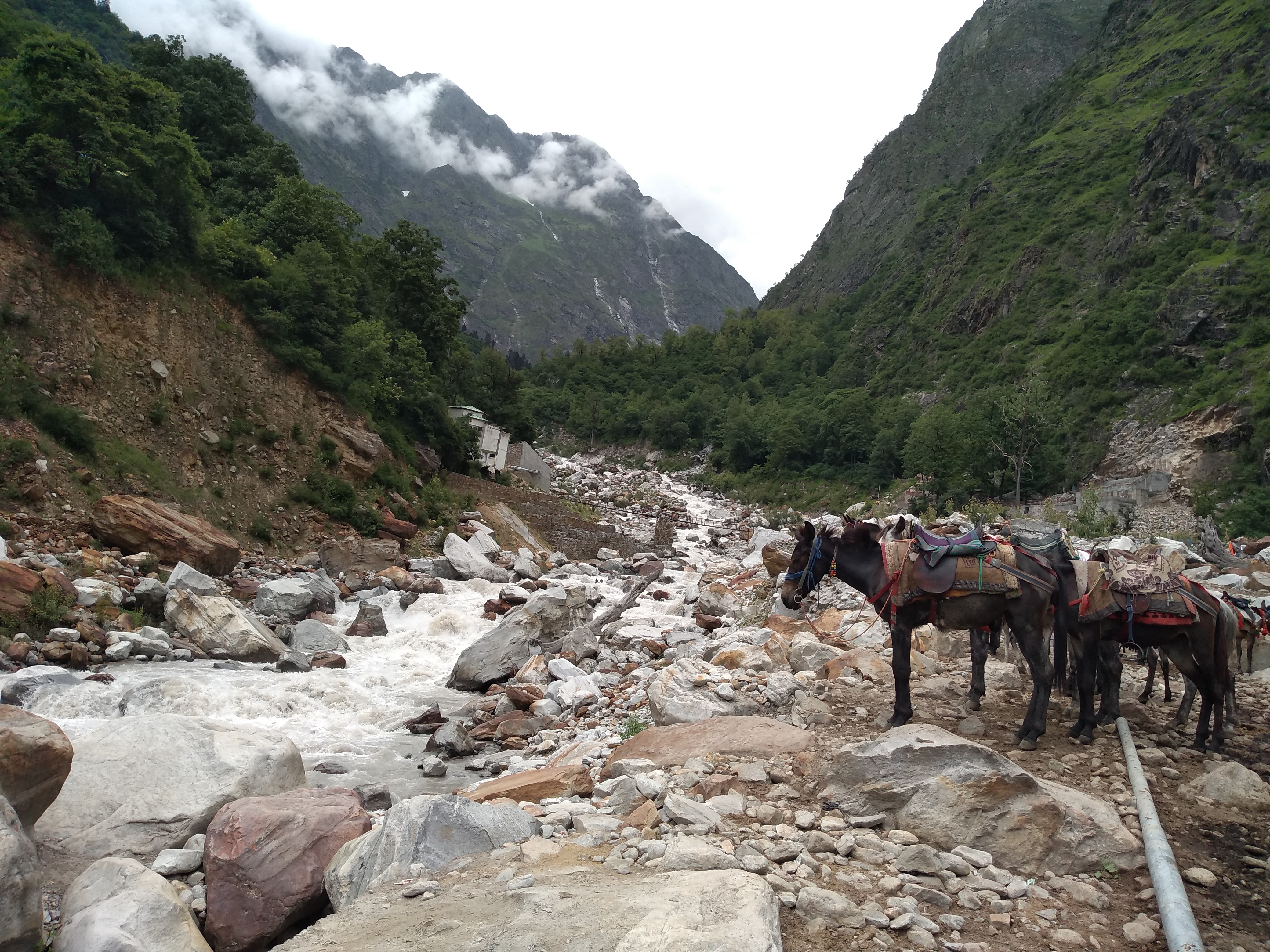
Offbeat travel and lesser-known destinations have always been a popular trend among youth. Taking the off-beaten tracks, away from the touristy ones, is considered an ideal plan. Traveling to remote locations undoubtedly generates income for the marginalized and supports local businesses. But you cannot ignore these places’ lack of infrastructure and medical facilities. Not only are they prone to natural disasters but they are also unprepared for outbreaks of diseases.
Isolated towns in the far reaches of Northeast India or the upper Himalayan regions of Uttarakhand are equally vulnerable to waterborne diseases and contamination. It is best to avoid traveling to these places during monsoon.
3. Beaches/water bodies
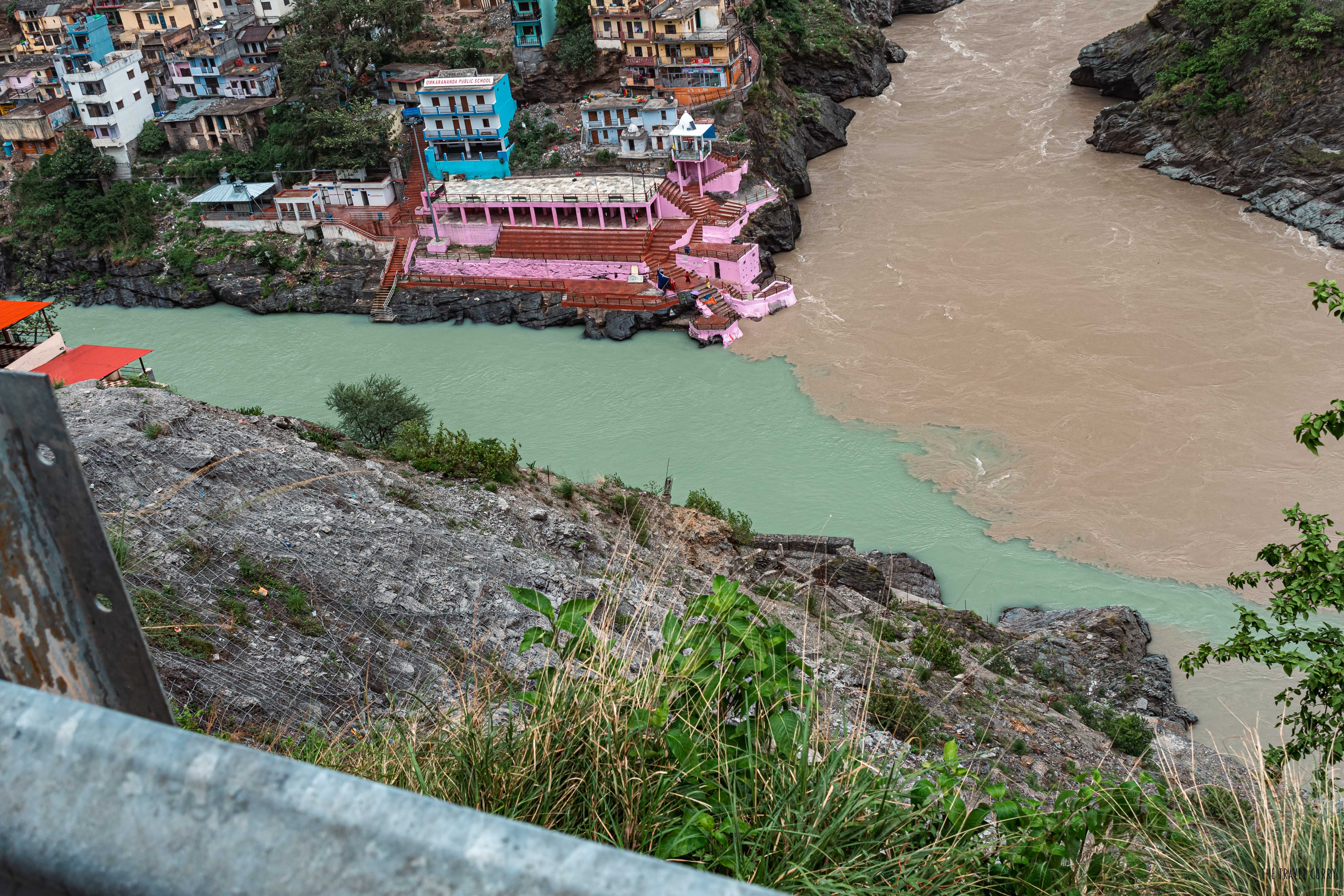
This might leave you wondering, why beaches? The vast expanse of sandy lands and calming waterfalls are any explorer’s fancy. Thanks to social media influencers whose ‘wanderlust’ motivates new age bag packers to tick these places off their bucket list. Monsoon being an off-season, you might get hotels at attractive prices. But little do people warn you about the rough sea, high tides, lethal wind force, and swift underwater currents. If all commercial water activities are shut during the rainy season, you should also not venture out to beaches or rivers.
4. Forests/national parks
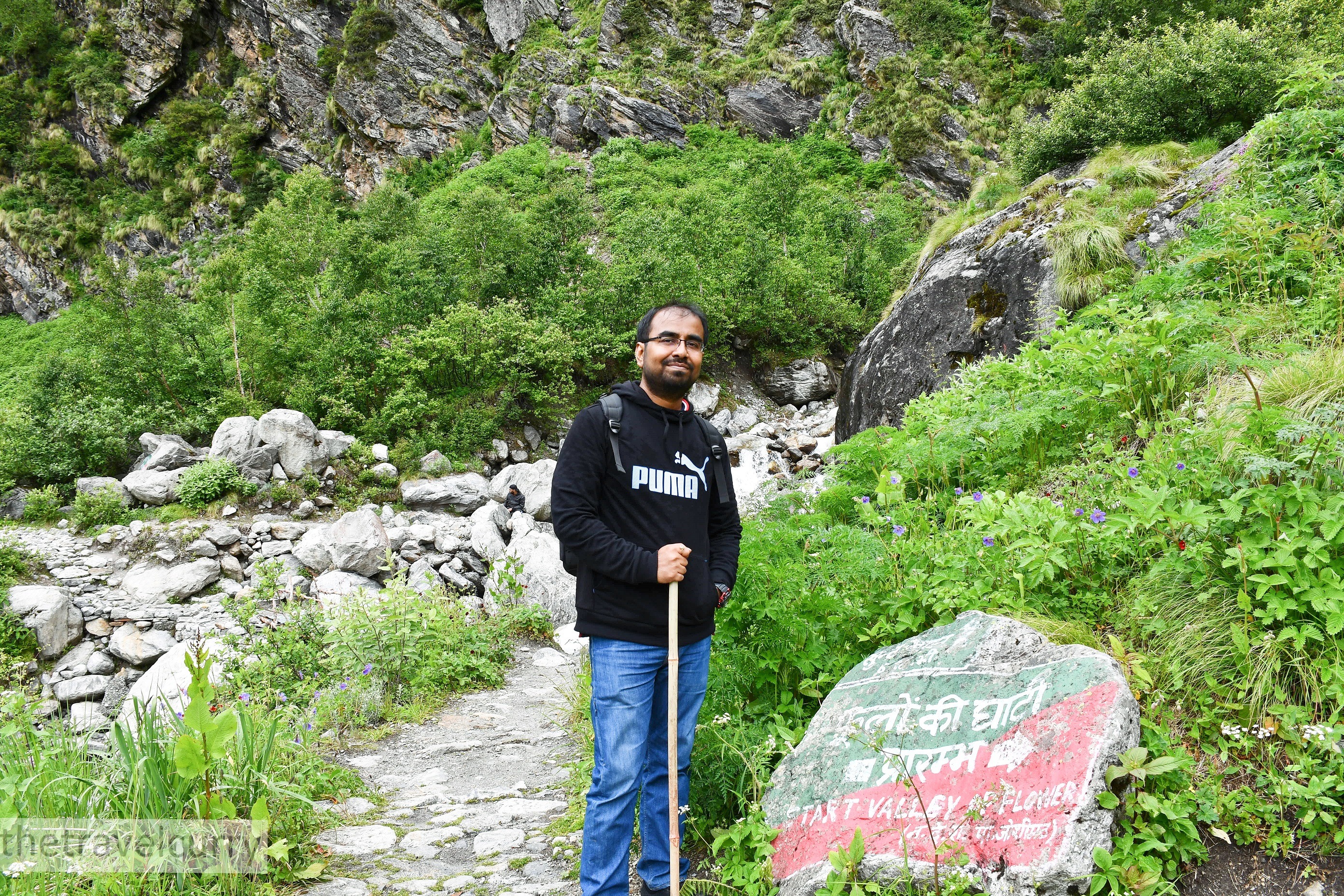
Quite a number of national parks are open only during the rainy season. We trekked through the Valley of Flowers in July 2019 at the onset of the monsoon. We made it back safely then and couldn’t get over the natural beauty of the natural park for months! Cut to 2023, the monsoon fury has left everyone in shock. So now it is us, pleading with people to avoid traveling to forest reserves. the reason is simple- you surely don’t want to encounter wild animals or water creatures that are active during the rainy season. Secondly, help would be far away in case of medical emergencies.
Treks like Valley of Flowers, Hemkund, or Kedarnath remain open till November. Looking at the current scenario, July and August are likely to receive heavy rains. Hence it is best to avoid traveling to forests or national reserves during monsoon.
5. Low lying/rural areas
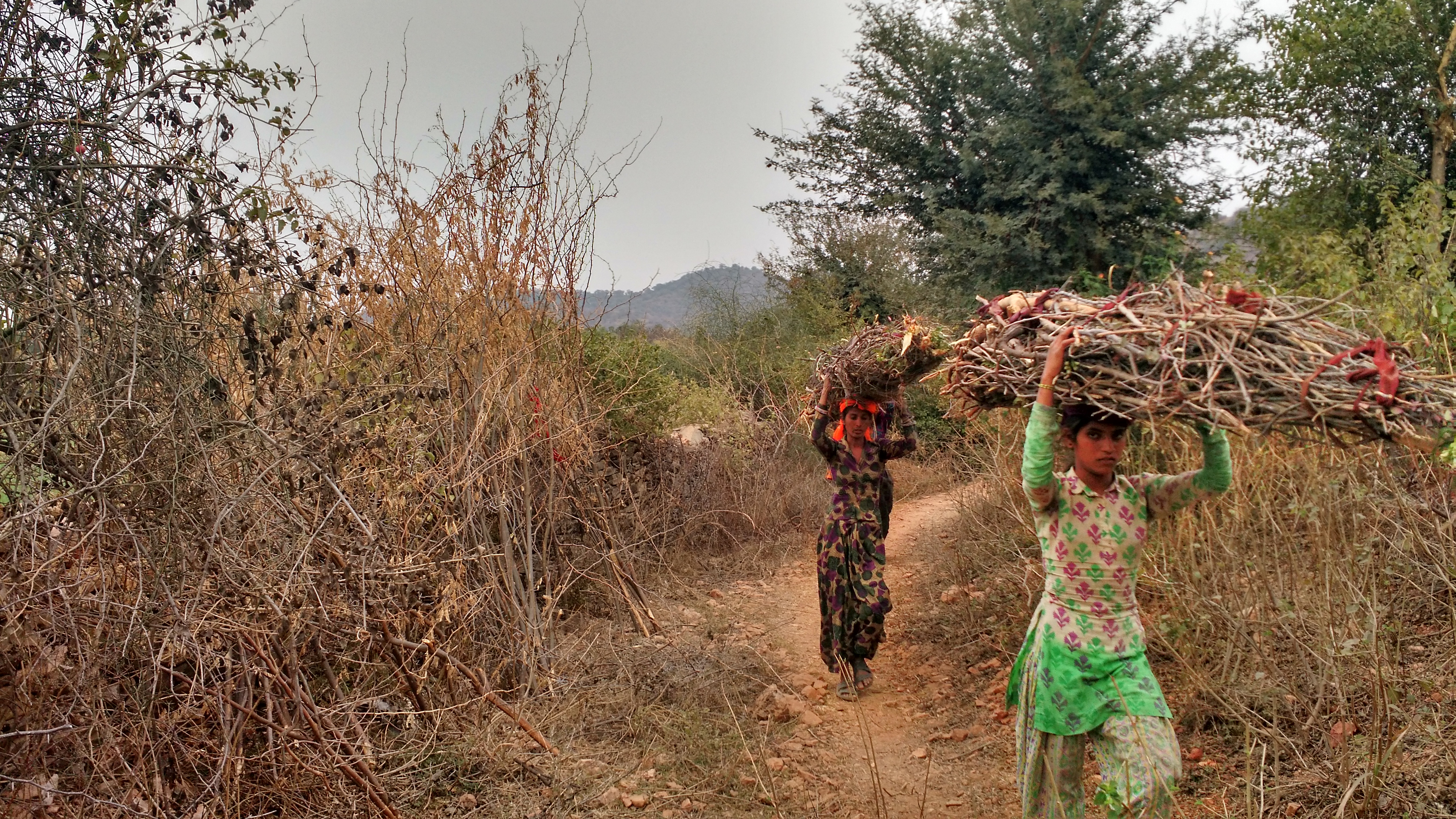
Everyone wishes to experience a slow village life amid the exuberant farms and forest. Nonetheless, modern travelers find worth in helping villagers by living among them. Theme villages are an example of the same, but they can never offer a real rural experience. Volunteer traveling and rural traveling hence emerged as the latest trends among travel enthusiasts.
Nevertheless, it is wise to avoid traveling to low-lying regions or rural areas during a downpour, if it is your first time. The low-lying areas get waterlogged or flooded in no time, causing high risk to life and property. Rural areas generally have bad road connectivity, which hinders help from reaching quickly.
In a nutshell
As a responsible citizen, the best thing to do during heavy rains is to stay home and be safe. Remember to help yourself before you help others. If you avoid traveling to these places during the Monsoon, relief and rescue work becomes a lot easier for the authorities. At such crucial times, it is the locals who need more support and not tourists who should have stayed away during the rainy season.
